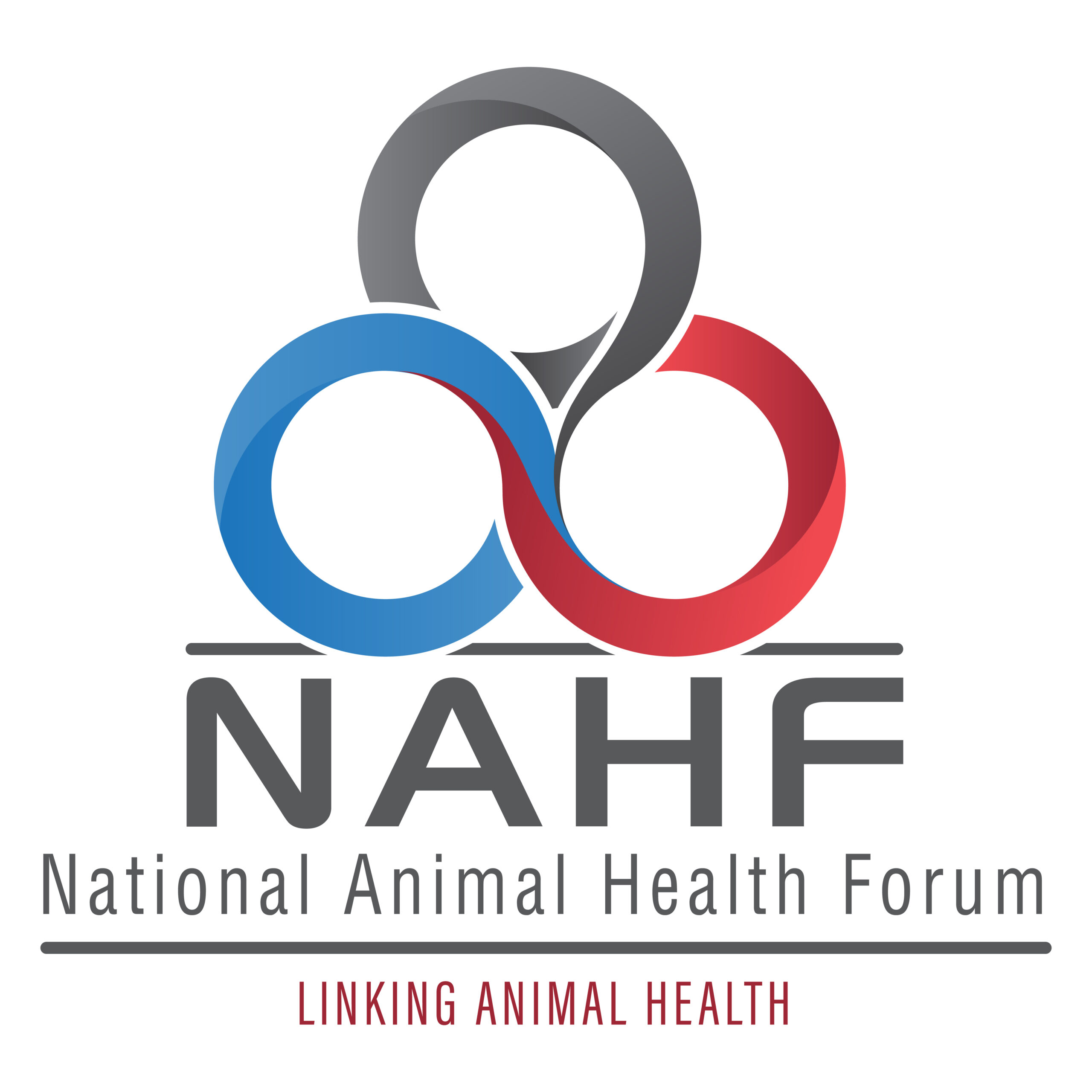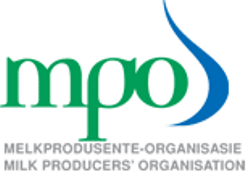“Climate change” is one of the most over-used phrases of the past few years. It’s so over-used, in fact, that many people are simply desensitised to it. They’ve stopped sitting up and taking notice, and they’ve stopped worrying about how it’s going to affect them.
All of which is highly regrettable, because choosing to not worry about climate change doesn’t change one critical and inescapable fact:
It’s real.
Climate change is happening all around us every day, and we simply cannot pretend it isn’t. Agriculture, in general, is vulnerable to the increasing volatility of our weather. Dairy farming, in particular, is feeling the effects right here, right now. In South Africa, the dairy industry is particularly aware of the phenomenon because of how directly it affects us.
We have to sit up and take notice. We have to acknowledge the threats and take steps to mitigate them – not only to preserve our own livelihoods but to safeguard the food security of our entire country.
What is Climate Change?
There are literally thousands of articles available on climate change, and the studies carried out on its causes and consequences. Essentially, however, the term refers to long-term changes in weather patterns typical for a particular area. These include changes in average rainfall, sea temperatures, air pressure and the frequency of extreme weather events.
The Earth has, throughout its ancient history, undergone several significant climatic changes. The Ice Age is probably the most well-documented of these. Massive ice sheets up to two kilometres thick covered huge parts of our planet – including where New York, Seattle, and Minneapolis are today.
The difference now, however, is this:
For the first time in our planet’s long life, climate change is being caused by people. A report by the United Nations Framework Convention on Climate Change confirms that the changes in our climate can be attributed – directly or indirectly – to human activity.
Here’s the really frightening thing:
The climate forcings driving the drastic glacial-interglacial climate oscillations that happened thousands of years ago were way, way smaller than the human-driven forcings of the past 100 years.
How Does Climate Change Affect the Dairy Industry?
Greenhouse Gas (GHG) concentrations in the atmosphere are at their highest levels in about 800 000 years. Their presence in the atmosphere reduces the Earth’s ability to radiate the sun’s energy back into space, so the surface temperature rises. Rising temperatures have severe knock-on effects for our rainfall, sea levels, and overall weather patterns.
Agriculture has a two-way relationship with climate change. On the one hand, the changes directly affect the production of crops and livestock. On the other hand, the industry itself contributes significantly to climate change and is responsible for 10 to 12% of global GHG emissions.
By the year 2050, temperatures in southern Africa are expected to rise by between 1.5°C and 3°C The effects can already be felt today – the 2015 agricultural season was the driest in 35 years, resulting partial drought emergencies being declared in eight of South Africa’s nine provinces.
For the dairy industry as a whole, the most significant impacts of climate change related to pests and diseases, crop yields, flooding, animal stress, the effects of drought, and the limited ability to provide sufficient resources for animals during extreme weather events.
Pests and Diseases
Mycotoxins are among the most common food safety hazards in the dairy industry. They emerge in animal feed, mainly in the form of aflatoxins, and are poisonous to animals and humans. Warmer, wetter weather – a side effect of climate change – is highly conducive to the spread of these toxins during harvesting and storing of feed crops. Aflatoxin B1 is a particular threat, as it is easily transferred to milk when cattle eat contaminated feed.
Wetter weather conditions also increase the occurrence of diseases in the cows themselves. This in turns means more use of veterinary medicines and chemicals, which could find their way into the milk. The need for greater care during processing to ensure the removal of any pathogens in raw milk is urgent.
Higher Temperatures
Dairy cows are sensitive to heat stress and high humidity. Exposure to either of these conditions negatively affects their milk production. According to a study by the University of Washington, the annual milk production lost that is attributable to heat stress could more than triple in the US alone. This translates to a potential financial loss of over USD$2 billion by the end of this century.
Dairy cows have what is known as a thermal-neutral zone. This is the range between which they maintain a normal body heat. When temperatures exceed the top end of the range, cows experience heat stress. They then use up more energy regulating their body temperature. This energy is normally used to produce more milk.
Dairy animals also tend to eat less feed in higher temperatures, to reduce heat production from the digestion and metabolism of nutrients. This has a direct effect on not only the quantity of milk produced but also its quality. Higher temperatures also directly affect non-fat solids, protein, lactose and fat percentage of milk.
Studies show that heat stress also decreases fertility in cows. This can cause an increase in non-lactating periods, disrupting the cycle in which a cow enters and exits the milking herd. Furthermore, embryo loss is almost four times more likely if a cow is experiencing heat stress.
Heat-stressed cows actively seek out mud to lie in and cool themselves. This makes them more susceptible to mastitis, foot rot, and metritis.
The Way Forward
The dairy industry is particularly critical in South Africa, and to Africa as a continent. Projections are that Africa’s population will double – to 2.4 billion people – by as early as 2050. Food security is and will continue to be, one of the major challenges it faces. Many African countries, including ours, already experience household food security problems. Highly nutritious dairy products go a long way to alleviating this.
The dairy industry also employs vast numbers of people (directly and indirectly) and is a big foreign currency earner. It is therefore essential that dairy farmers do everything possible to mitigate the effects of climate change on their herds.
Possible solutions include:
- Environmental management – install shade cover for cows, and use sprinklers, fans and misters. High-cost solutions include installing air-conditioning units in cattle barns.
- Food supplements – minerals such as potassium, sodium and chlorine all help to reduce the effects of heat stress. It’s also effective to replace rapidly fermentable carbohydrates, such as like maize, with saturated fatty acids.
- Change breeds – South Africa’s primary dairy cattle breeds are Friesians. These are temperate-climate animals that originate in the northern hemisphere and are particularly vulnerable to heat stress. Farmers should investigate farmer with hardier breeds, such as Jersey cows.
The Milk Producers’ Association of South Africa’s vision is to enhance the profitability, sustainability, and competitiveness of the South African dairy industry, enabling the sector to be best positioned to operate successfully in future. The key word there is “future.” If there is to be a successful future for our industry, we must work together to combat the potentially devastating effects of climate change on milk production.
Published on Wednesday, 18th October 2017 - 21:45
Recent Posts
disclaimer









